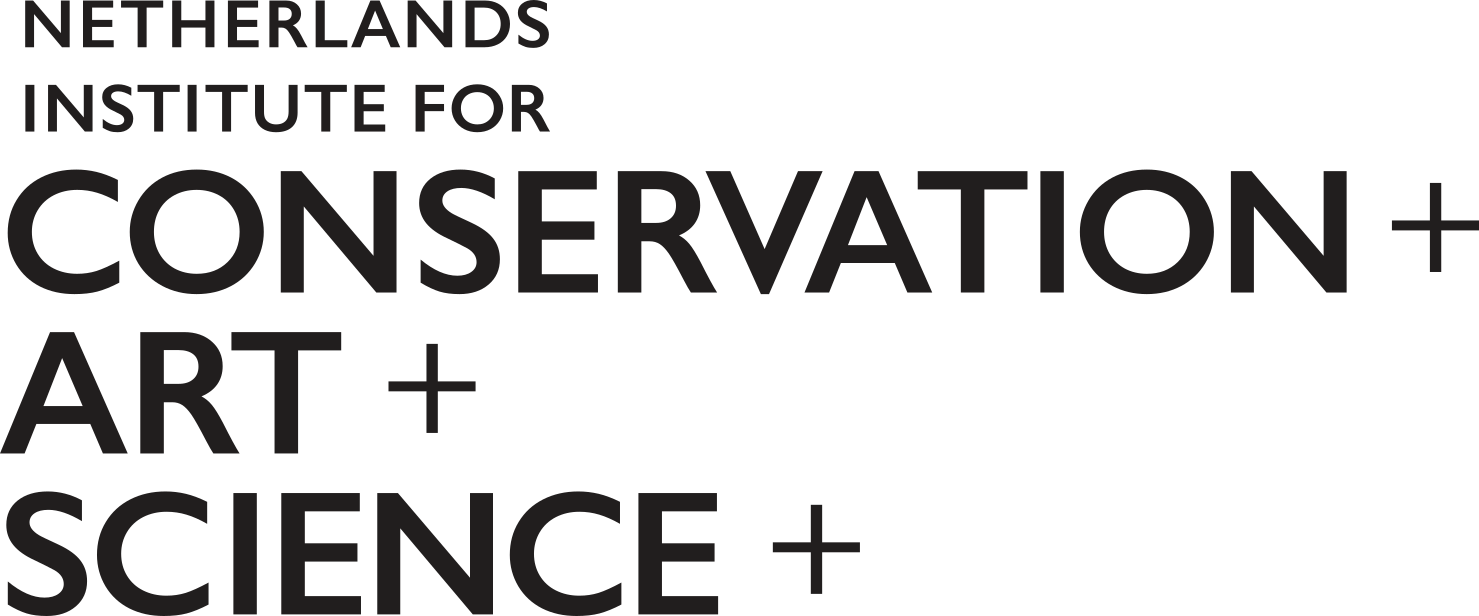Media
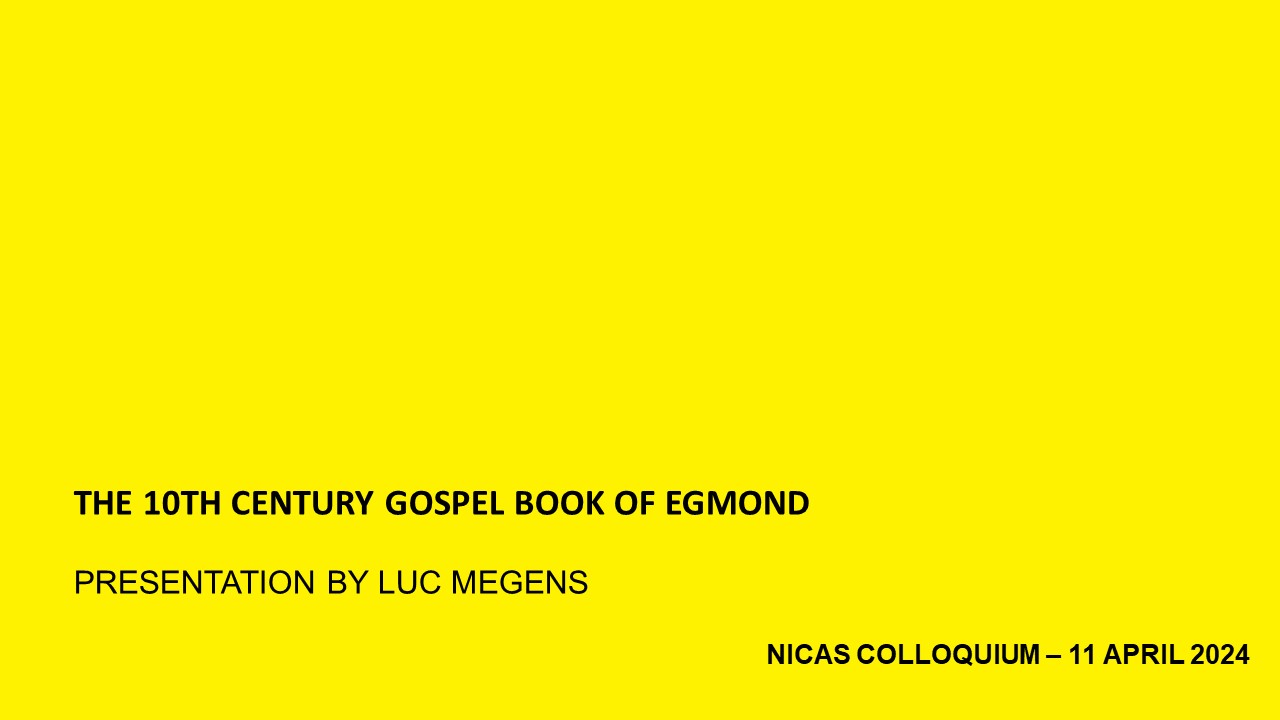
NICAS Colloquium
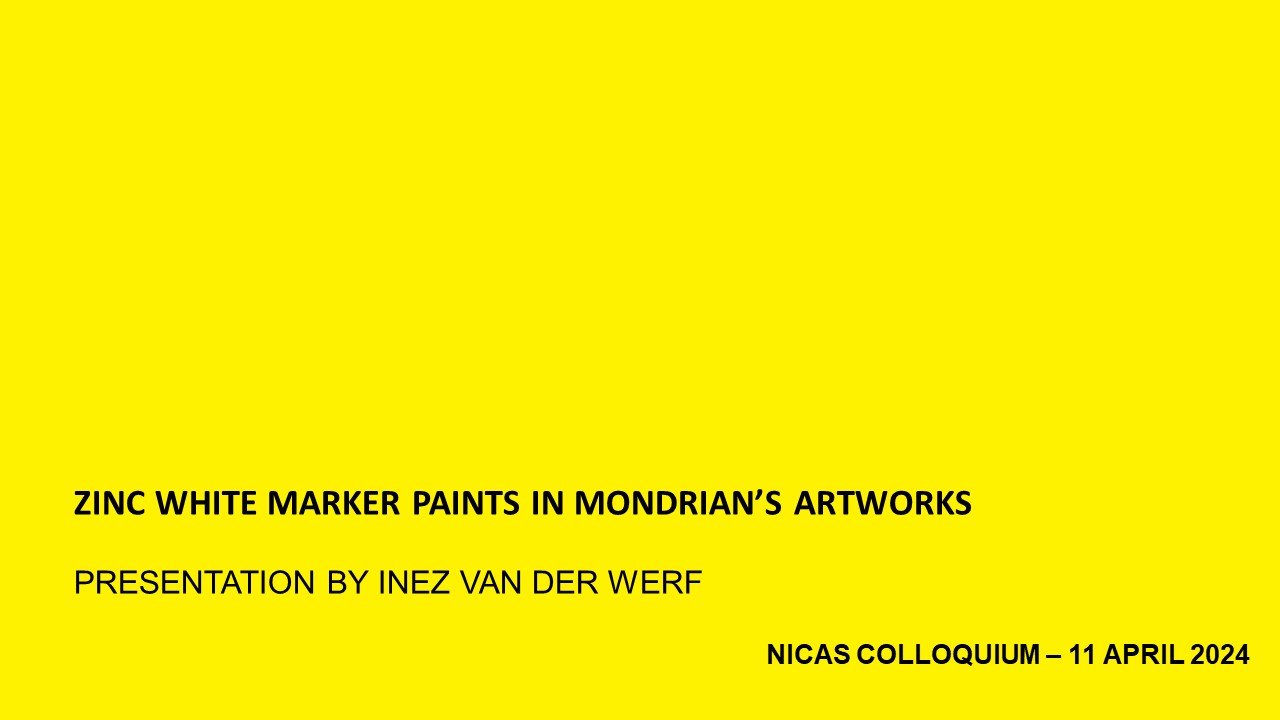
NICAS Colloquium
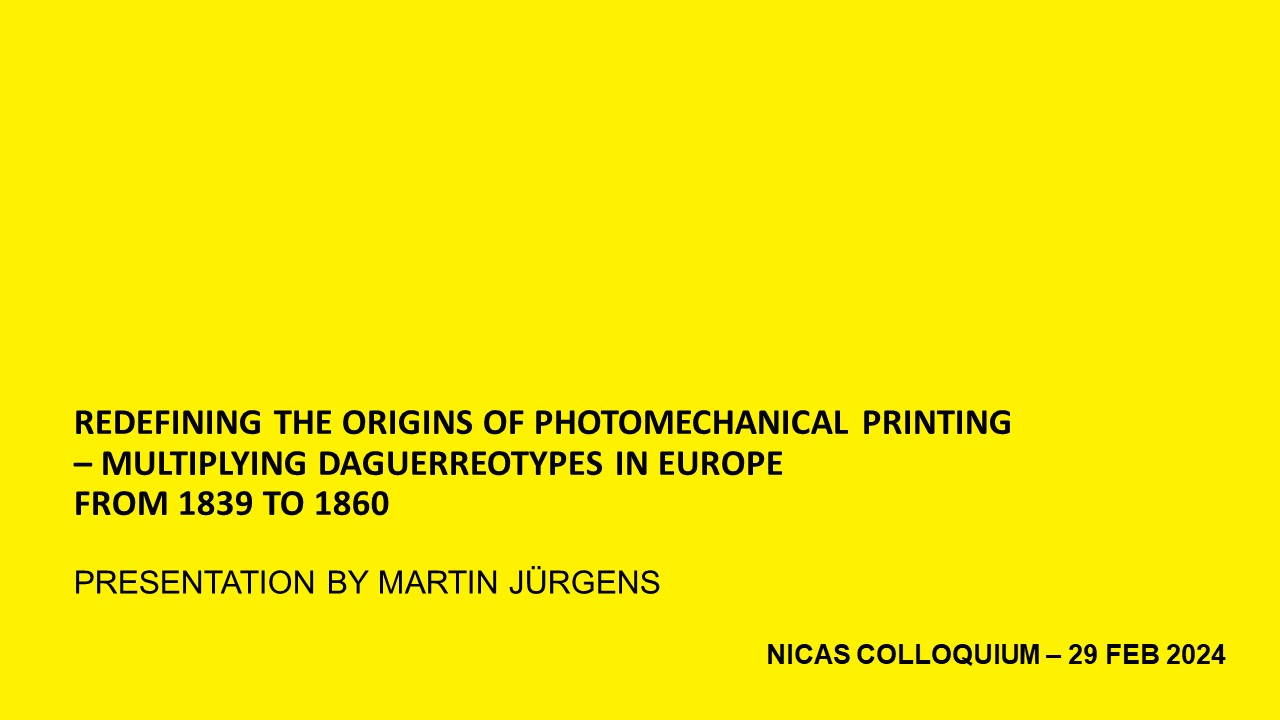
NICAS Colloquium
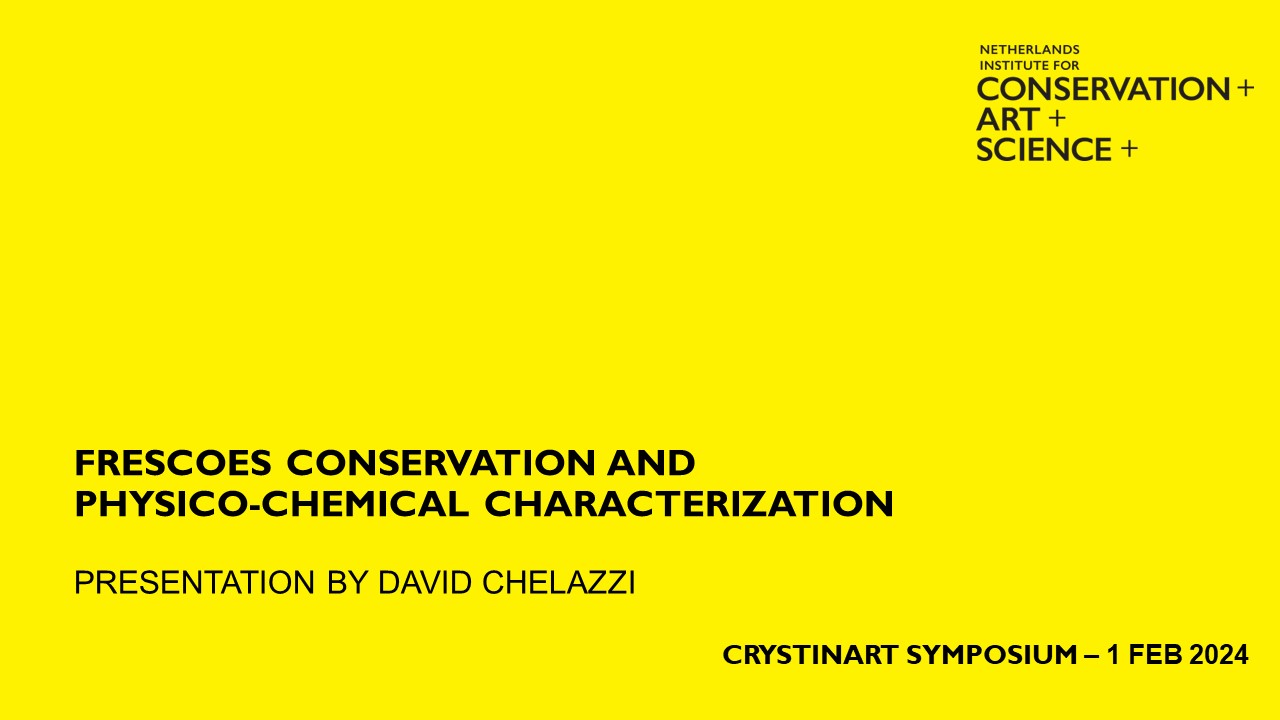
CRYSTINART Symposium
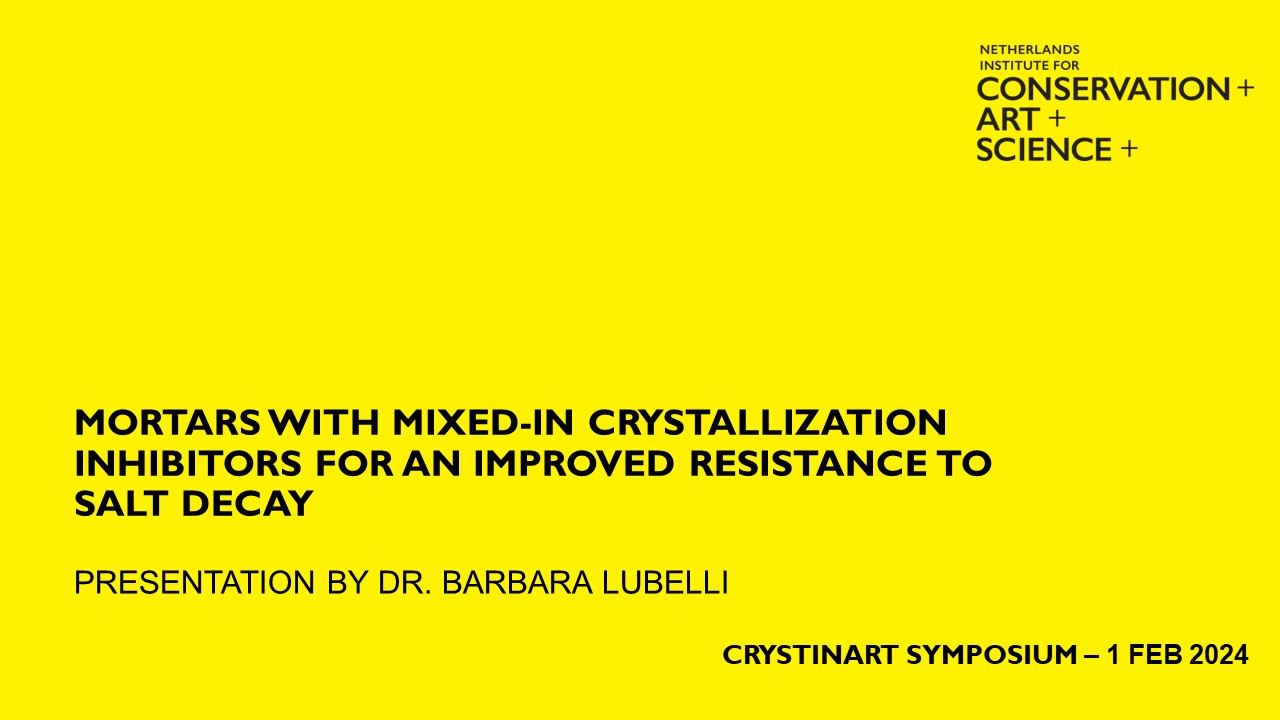
CRYSTINART Symposium
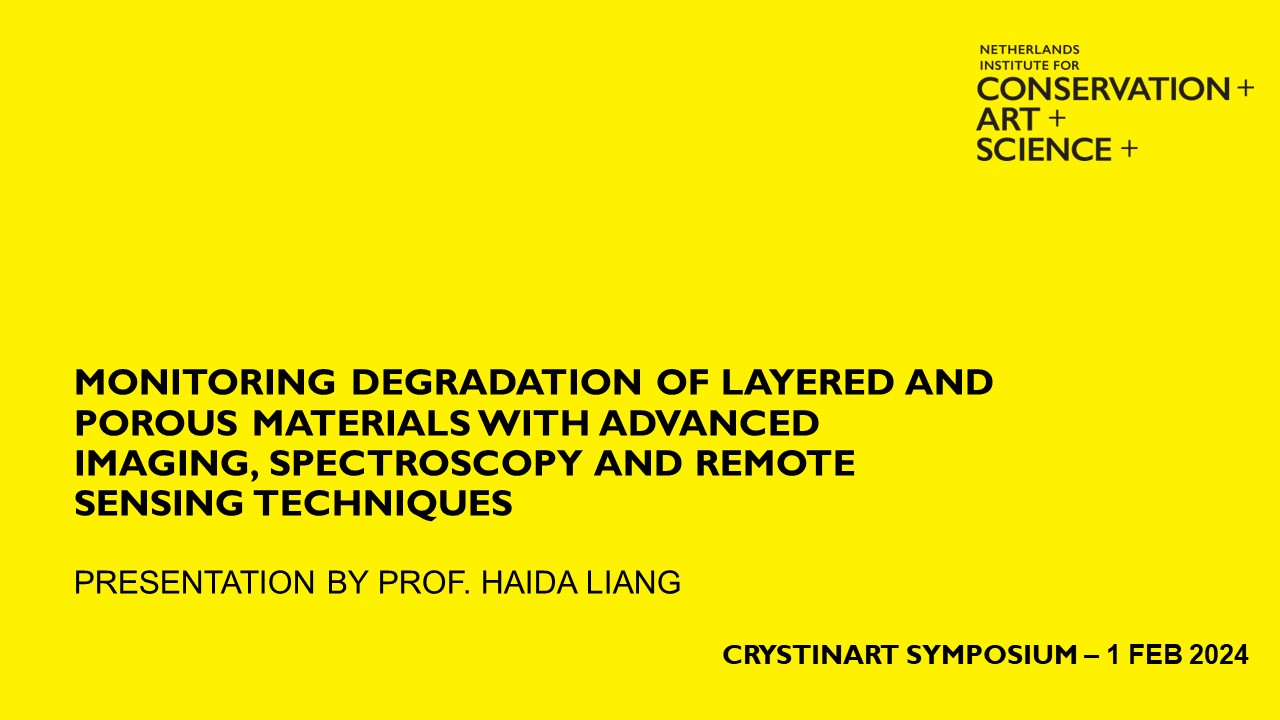
CRYSTINART Symposium
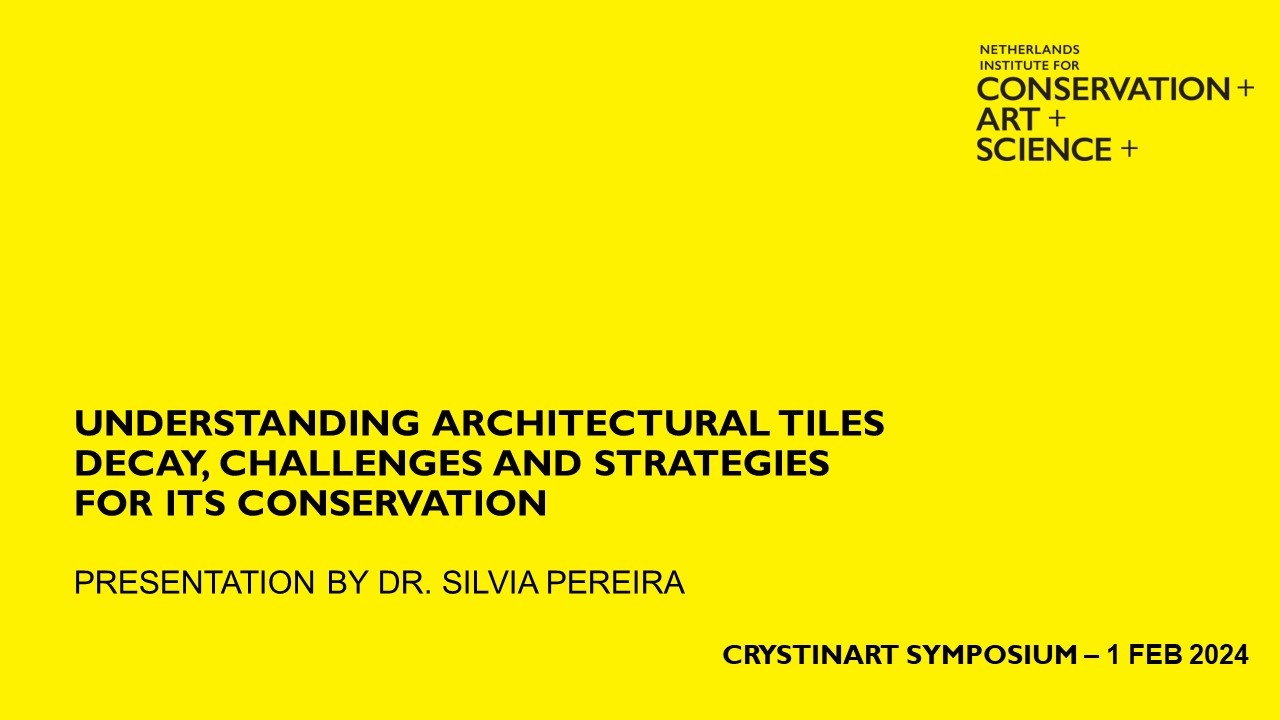
CRYSTINART Symposium
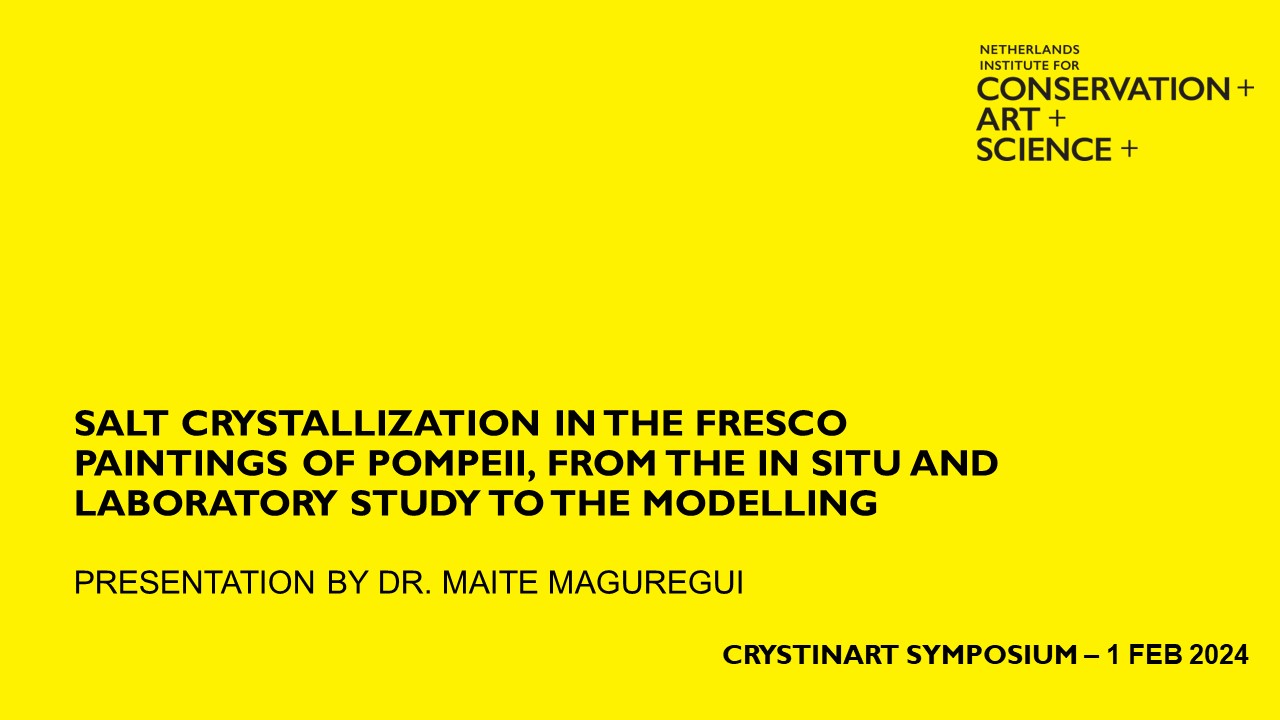
CRYSTINART Symposium
-
NICAS Colloquium
Presentation by Luc Megens on the 10th Century Gospel Book of Egmond -
NICAS Colloquium
Inez van der Werf (RCE) on Zinc White in Mondriaan -
NICAS Colloquium
-
CRYSTINART Symposium
-
CRYSTINART Symposium
-
CRYSTINART Symposium
-
CRYSTINART Symposium
-
CRYSTINART Symposium
